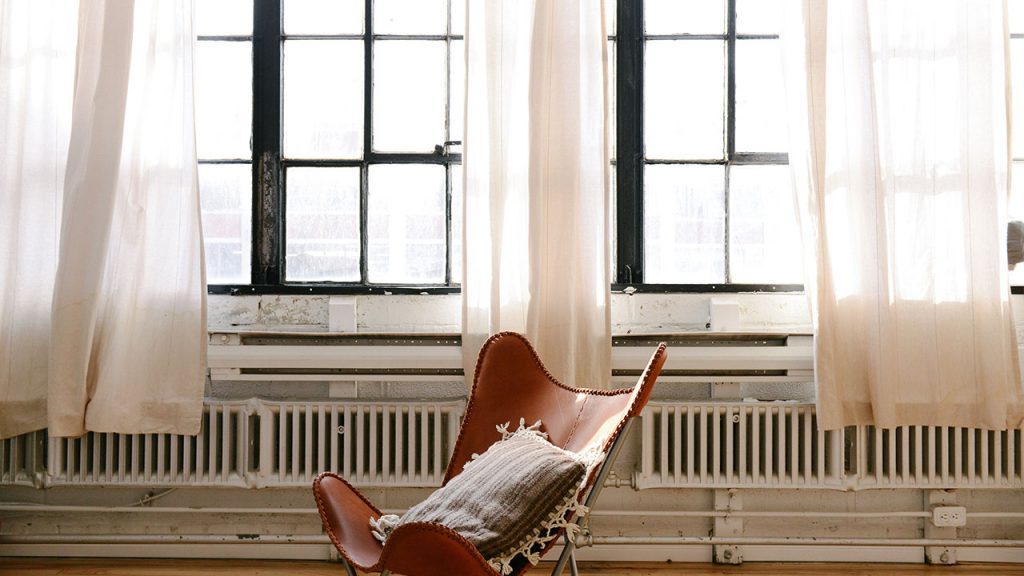Sufficient air flow is crucial for creating and keeping a healthy indoor climate. In the past, natural air flow was an important contributing factor to the healthy air exchanges in a house. In an older house 3 or more air exchanges were naturally completed every hour. Though these older homes had adequate air exchanges they were often uncomfortable and drafty and had higher energy consumption. During the energy crisis of the 70’s homes became air tight and now we see only one tenth of the air per hour exchanged. This isn’t enough to maintain health; therefore, a proper whole-house ventilation strategy becomes very important.
In moderate climates homes can be easily ventilated by focusing on how the building will connect to the surrounding weather then by using stack effect, cross ventilation, proper window placement etc. A good rule to keep in mind is that 1 cubic foot of exhaled carbon dioxide (CO2) requires about 80 cubic feet of fresh air. Occupants with a higher activity level easily require double the quantity of fresh air. The necessary amount of fresh air may be several times higher in rooms where there are toxins or excess moisture generated, such as for example restrooms, games rooms, kitchen areas or rooms with fireplaces. Fresh air requirements for the urban environment may be twice as high as those for in the countryside.
Mechanical ventilation is used when windows and doors are opened less often or not at all. With the great need to save energy we created controlled ventilation systems. If they’re not properly sized, installed and maintained, they can pose a health hazard. For that reason, it’s important to possess information about appropriate equipment choice, installation and procedure of these units. In building biology, we strive to reduce the need for mechanically produced air exchange through proper design and owner education and then help make health alternatives that create conscious mechanical air flow where needed.





